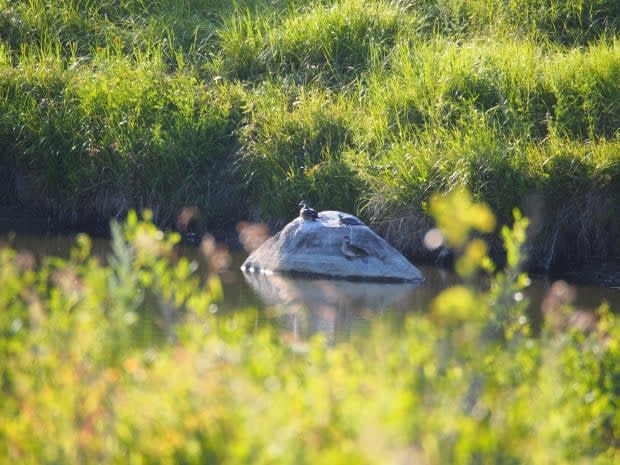Saskatchewan ranch owners sign conservation agreements to protect more than 1,000 hectares of land forever

Two Saskatchewan ranchers have signed conservation agreements with Nature Conservancy of Canada and Ducks Unlimited Canada (DUC) to protect more than 1,200 hectares of their land forever.
Clint and Jody Blyth say it is important for them to know that their land is taken care of long after they are gone.
The conservation agreements mean the family will continue to own the lands, but Nature Conservancy of Canada will help manage them into the future.
The Blyths' land will not legally be allowed to be drained, harvested for lumber, cultivated for agriculture or sub-divided for homes.
The land being conserved is the Pipestone Creek property is in southeast Saskatchewan, located along Pipestone Creek in the Moose Mountain Natural Area.

Clint said he wants to set an example for other people with this action.
"We were looking for a way to preserve our land forever when we are not here anymore. Land around here is being bulldozed, drained and leveled," he said.
The lands are home for many different species of at-risk birds such as little brown myotis, loggerhead shrike, bobolink, Sprague's pipit, barn swallow, Western grebe and great blue heron. Waterfowl commonly found within the area include blue-winged teal, green-winged teal, northern pintail, northern shoveler, gadwall and mallard.

Cameron Wood, director of conservation at Nature Conservancy of Canada, said that the organization is hoping to sign agreements like these with more Saskatchewan families.
"These types of actions by private landowners in partnership with conservation organizations benefit generations to come," Wood said. "They can benefit from having that natural area maintained."
As a result of the conservation agreements, The Blyth's conservation agreement with DUC has resulted in the protection of an additional 770 hectares of tame grasslands, wetlands and mixed natural lands.

